If building muscle is a fitness goal for you, you’ve probably been instructed to keep the cardio low; traditional wisdom has always been that excessive cardio kills muscle gains.
This can be a challenge for those who enjoy cardio...and many people do. Running in particular has a “high” associated with it that may mirror the many mental benefits it bestows (take a look at this rundown on just how psychologically beneficial cardio can be), but studies have also found that jogging or running has many physical health benefits as well.
Cardio, especially running, also often gets a bad rap for being hard on the knees, but at least one eight year study devoted to that topic has shown that the opposite can be true; running can actually forestall arthritis and knee pain.
So, does the individual who wants to make building muscle a priority have to give up all of these advantages?
Not necessarily.
There are a couple of possible answers for the Cardiophile who also wants maximum gains.
Keep It Low
It turns out that there’s a minimal amount of running or jogging that can confer measurable mental and physical perks, if you want to keep your cardio time low, and still experience its up side. One Danish study determined that the magical--minimum--amount of of cardio for measurable health boosts was 2.5 hours a week.
Not hard to do.
Keep It Intense
High Intensity Interval Training is one of the most studied forms of aerobic exercise, and the most recent research (evidenced by one study sponsored by the American Council on Exercise) indicates that combining it with resistance exercise can be more effective for making strength gains than moderate intensity resistance exercise alone. (There were also a number of other benefits that came from including HIIT with strength training, such as lowered blood pressure and “bad” cholesterol numbers).
Learning the specifics of HIIT will help you use it most effectively, but it’s a simple concept; intense bursts of exercise lasting either 30 seconds to five minutes, followed by either rest or lower intensity exercises.
Keep Yourself Fed
If you’ve tried HIIT and it just doesn’t give you the same satisfaction as a long run, or the minimum daily dose recommended by the Danish study isn’t enough for you to get the feel-good effect you receive from extended sessions, then there’s still evidence that your cardio isn’t going to negate your weight room gains.
But you have to eat.
The above study points to hypertrophic responses not being negated by fairly long cardio sessions, but they will deplete glycogen stores and cause a caloric deficit. You’ll need to be careful about continuing to hit your macro markers so that the nutritional side of your fitness plan stays on point.
Scheduling time so that you’re not exhausted when you lift weights is key, too; you want to keep your strength up so that you can have good form and complete the necessary amount of training.
In short, keep doing what you love, just be sure that your workout plan has muscle-building exercises that you KNOW will do the job, then allot your energy accordingly!


